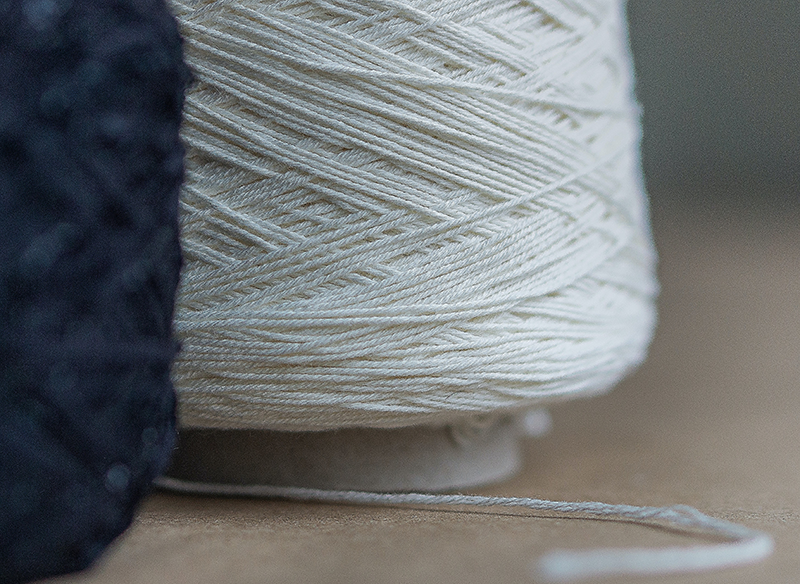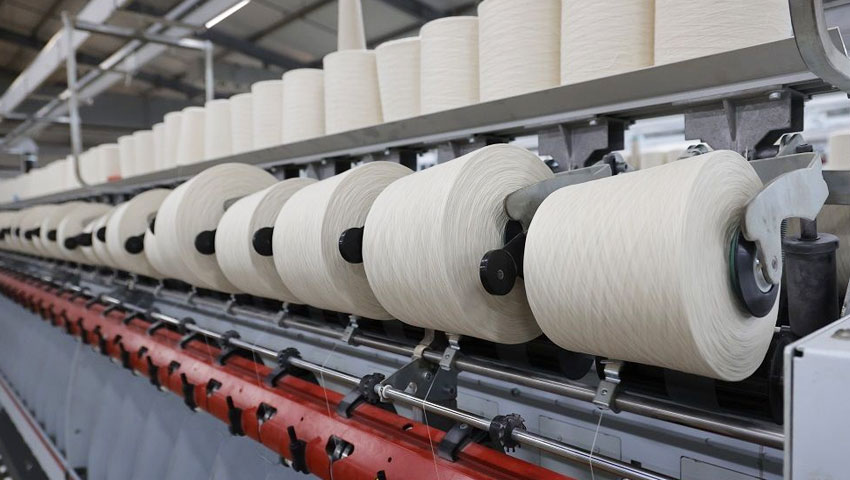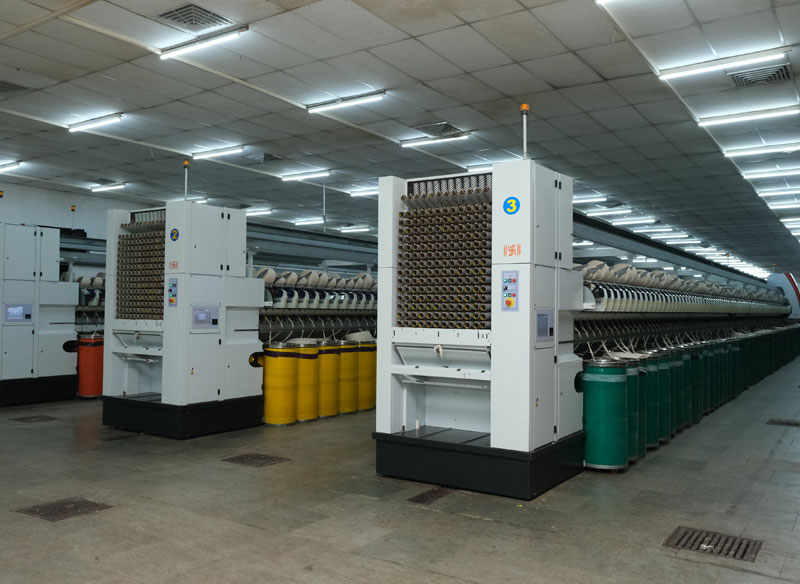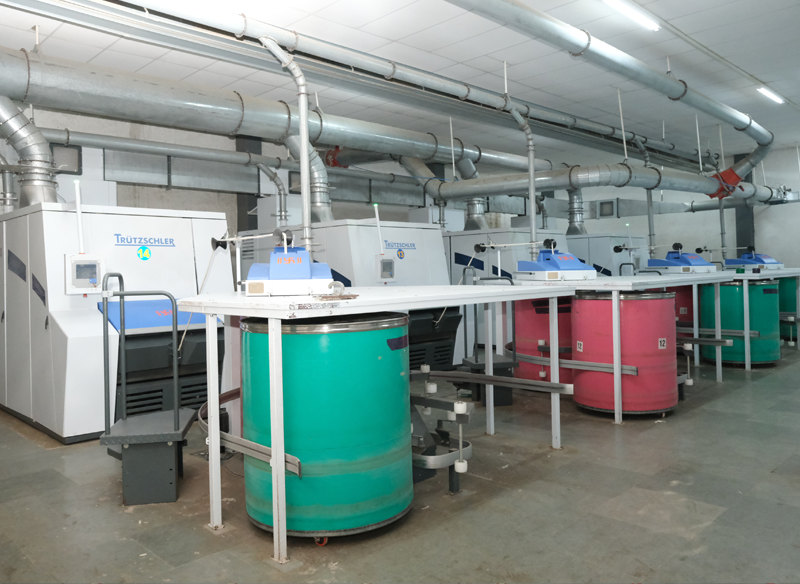29 May, 2025

Uses of Cotton Yarn
Knitters adore making cozy cotton knit blankets due to the fact that cotton can be spun into an exceptionally soft baby yarn.
Additionally, cotton may be woven into the softest and most comfortable baby blankets. You might also make knitted dishcloths or washcloths, produce bags, or any number of other crafts for the house. Additionally, it is an excellent summer yarn, which is ideal for the production of lightweight shirts or blouses to wear throughout the summer.
Uses of Cotton yarns
Cotton fiber is put to use in a broad variety of products across a variety of sectors, including but not limited to clothes, home made-up, and many other areas. The most common applications for cotton are the weaving and knitting of various types of cloth. Cotton textiles may be utilized for a variety of purposes once they have been processed, depending on the application.
The blended cotton yarns are a great pick in all forms; not only are they affordable, but they also require little upkeep and are environmentally friendly. The count can run anywhere from 10 to 60, both single and multifold depending on the situation. The following is a list of potential applications for mixed cotton yarns:
- Blends of cotton and polyester are utilized in the production of a wide variety of garments and textiles, including shirts, dresses, tops, athletic wear, and even household textiles like curtains and bedsheets.
- Towels, shirting, jeans, trousers, knitwear, sarees, dhotis, and household linens are all examples of products that can be made with cotton-viscose combinations.
- Cotton-acrylic mixes are utilized in the kitchen, while pure, soft cotton balls and disposable face wipes are employed for cleaning purposes.
- Knitwear, dress wear, undergarments, clothes for babies, lightweight tops, pajama ensembles, and sheaths or blankets can all be made using cotton-wool blends. Other products that can be made with these blends include sheaths or blankets.
- Denim, bedsheets, air conditioning comforters, and curtains are all examples of products that are crafted using cotton-nylon mixes.
The proportion of man-made fibers used has increased throughout the years, while the proportion of naturally occurring fibers has decreased. Just the demand for cotton is estimated to be considerable. Cotton helps to foster expansion in the manufacturing of yarn and textiles. Both the local and international markets for blended yarn are showing signs of expansion at the present time. However, we, Radheshyam Spinning Mill PVT. LTD. is aware of this need; the company has just begun working on a project concerning cotton-rich mixes. The purpose of combining synthetic fibers with cotton is to create a material that may be used for a variety of applications, including everyday clothing, household textiles, and even medicinal applications.
Characteristics of Cotton yarn
Cotton is the most widely used natural textile fiber in the world, as well as the most widely used cellulosic textile fiber. Cotton is used to make a wide range of items, including clothing, home furnishings, and industrial goods. Cotton accounted for around 40 percent of the world’s total fiber consumption in 2004.
The following are some of the characteristics that a cotton fiber ought to have:
The fineness of the Fibre:
The fineness of the fiber is one of the most critical parameters that determine the quality of the yarn. This is the ideal combination of qualities that practically all cotton importers are looking for in their cotton. Cotton, the fineness of the fiber, impacts the number of fibers that are visible in the cross-section. The smaller the fiber, the greater the number of fibers that are present in the yarn’s cross-sections.
Maturity:
The development of the cotton cell wall can be used to determine the maturity level of cotton fiber. A fiber that has reached its complete maturity will have a cell wall that has formed. On the other hand, an immature fiber has a very thin cell wall since it has not fully developed yet. When the cell wall of a moisture-swollen fiber represents between 30% and 80% of the round cross-section, fiber is considered mature. On the other hand, fiber is considered immature when it represents between 30% and 45% of the round cross-section, and it is considered dead when it represents less than 25% of the round cross-section.
The Tensile Strength of Cotton Fibers:
There is a one-to-one correlation between the toughness of the fiber and the strength of the yarn and the fabric. Cotton Properties refer to the particular sort of physical behavior exhibited by a fiber. When the strength of the fiber is increased, the strength of the yarn and the fabric is increased as well. Cotton that is very fragile has a propensity to rupture during processing, whether in the blow room or during carding. This results in the production of short fibers, which in turn reduces the strength of the yarn and its uniformity.
Cotton Fibre Elongation:
The amount of elongation is often expressed as a percentage of the length at the beginning of the process. Products made of textiles that have not been classified would have very limited practical application. They have to be distorted, but then they return to their normal form. The elongation of the fibers should be between 1 and 2 percent at the very least. Wool has a higher resilience to creases than cotton does as a direct result of the difference in their levels of elongation.
Length of the Fiber:
The typical length of a spinnable fiber is referred to as the staple length. The length of the staple is one of the most critical aspects of a fiber’s properties. The length of the staples of the fiber determines characteristics such as its quality, count, and strength. The length of the staples determines the quality of the yarn.
Cotton is typically sold at low prices. However, this does not necessarily reflect its quality. Depending on the project you’re working on with the yarn, it may be worthwhile to spend a little extra.




